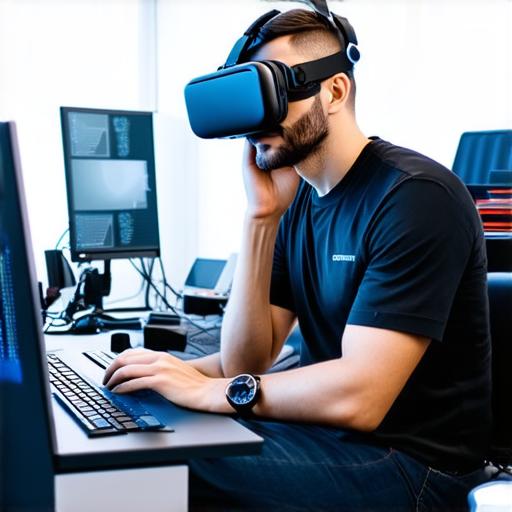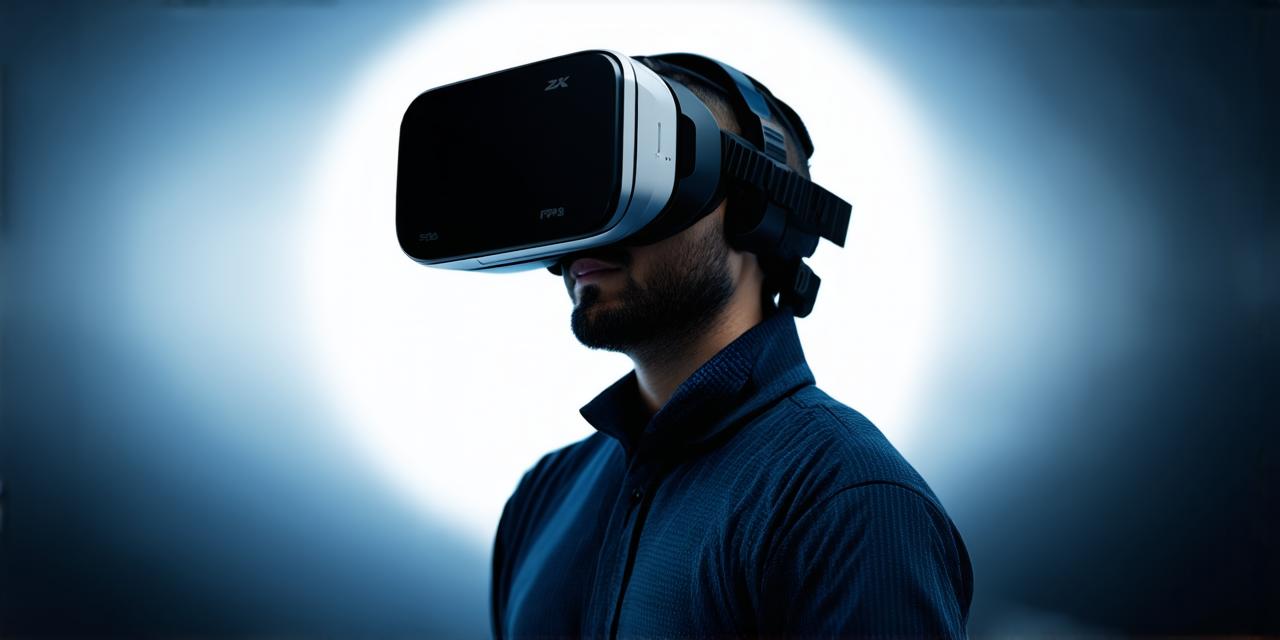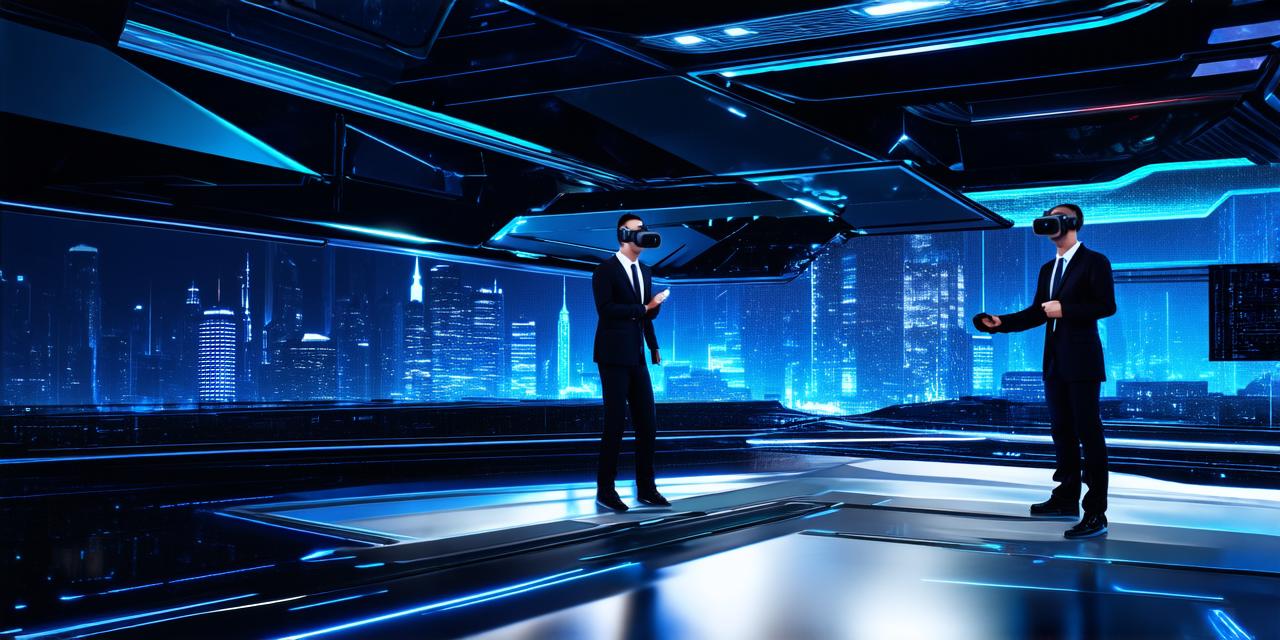Augmented Reality (AR) and Virtual Reality (VR) are two of the most exciting technological advancements of our time. Both AR and VR have revolutionized the way we interact with technology, and they have opened up new possibilities for businesses, education, and entertainment.
In this article, we will explore the different types of display technologies used in AR and VR, and how they are used to create immersive experiences for users.
One of the most common types of displays used in AR and VR is the OLED (Organic Light-Emitting Diode) display. OLED displays use light-emitting diodes to produce images, which are then projected onto a transparent screen. These displays are widely used in smartphones, tablets, and other devices because they offer high contrast, vibrant colors, and fast response times.

Another type of display used in AR and VR is the LCD (Liquid Crystal Display) display. LCD displays use liquid crystals to control the amount of light that passes through a screen. These displays are commonly used in desktop computers, televisions, and projectors because they offer good brightness, wide viewing angles, and low power consumption.
A newer type of display that is gaining popularity in AR and VR is the MicroLED display. MicroLED displays use tiny LEDs to produce images, which are then projected onto a transparent screen. These displays offer several advantages over traditional OLED and LCD displays, including higher brightness, faster response times, and wider viewing angles.
In addition to display technologies, there are also several other components that are used in AR and VR systems. One of the most important components is the tracking system, which allows the system to track the position and movement of the user’s head and body. This information is then used to create an immersive experience for the user by adjusting the content displayed on the screen based on their location and orientation.
Another important component is the graphics processing unit (GPU), which is responsible for rendering the 3D models and animations that are displayed in AR and VR systems. GPUs are crucial for creating realistic and detailed graphics, especially when dealing with complex scenes or large numbers of objects.
One of the key advantages of using AR and VR technologies is their ability to create highly engaging and interactive experiences for users. For example, in the world of gaming, AR and VR systems can provide players with a level of immersion that was previously impossible. Players can feel as though they are truly inside the game world, and they can interact with the environment and other characters in ways that were not possible before.
AR and VR technologies also have many practical applications in fields such as education, training, and simulation. For example, AR and VR systems can be used to create virtual labs or training simulations that allow students or trainees to practice complex procedures in a safe and controlled environment. This can help to reduce the risk of accidents or mistakes, and it can also save time and money by eliminating the need for expensive equipment or physical materials.
In conclusion, there are several different types of display technologies used in AR and VR systems, including OLED, LCD, and MicroLED displays. These technologies, along with other components such as tracking systems and graphics processing units, work together to create highly engaging and immersive experiences for users. As the technology continues to evolve, we can expect to see even more exciting applications of AR and VR in a variety of fields.




